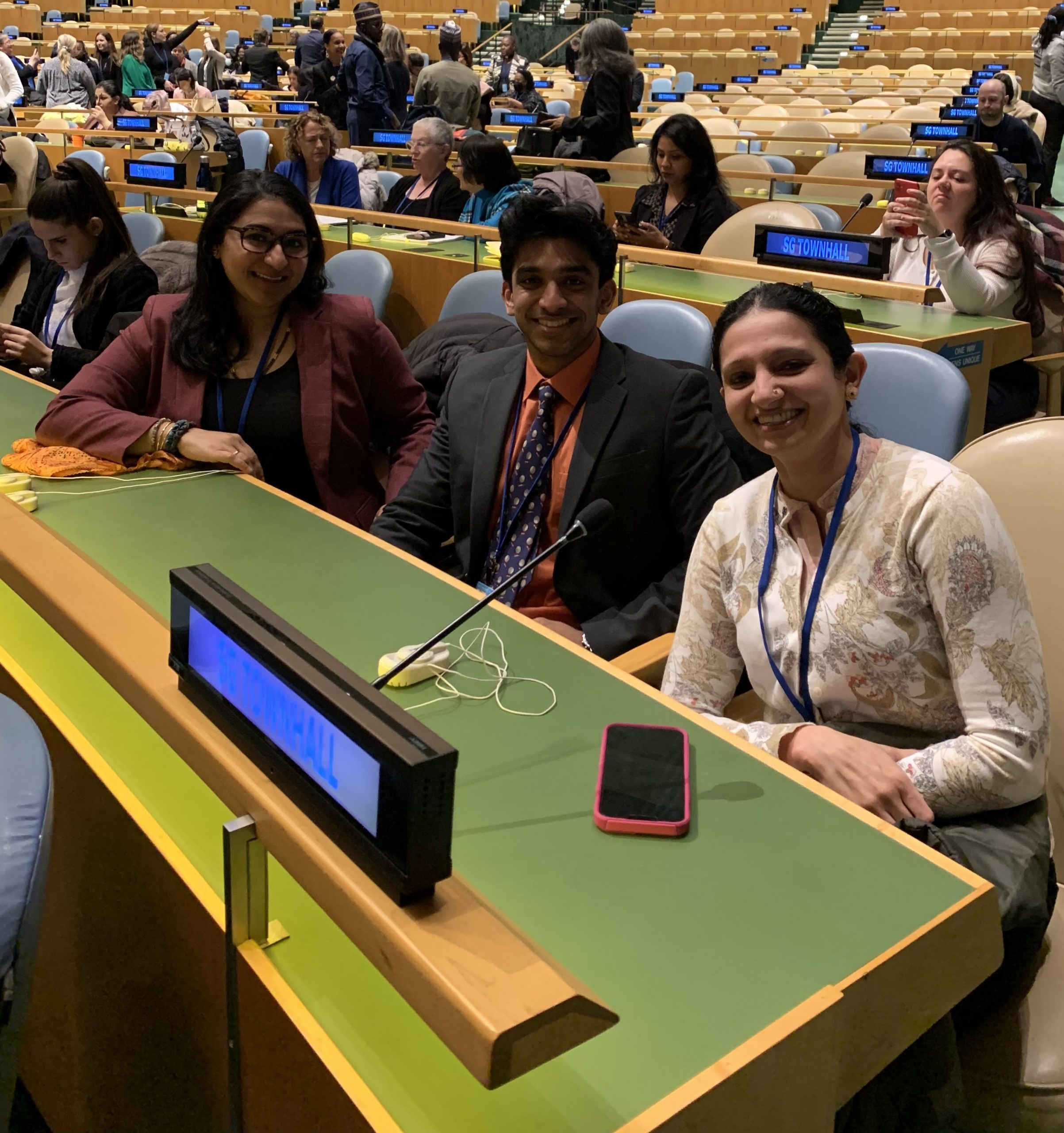Cervical Cancer Awareness, Prevention, Elimination
The sheer prevalence of cervical cancer warrants its prioritization. Much of the global burden is in low and middle income countries (LMICs) where around 85% of cervical cancer cases occur. India has approximately 120,000 new cases of cervical cancer diagnosed annually. Palliative Care is not available for 96% of women with cancer in India (Lancet commission report).
The social suffering endured by patients of cervical cancer is arguably more severe and complex than almost any other cancer, and exists within a larger, more convoluted web of intersectionality of gender, access to resources and traditional patriarchy.
It is gendered – in all aspects women are the last to take care of their health or to access healthcare in a timely manner. This is not due to genetics but social determinants. Especially in LICs and LMICs, across social strata, we find less health-seeking behavior as well as bargaining/ decision-making power amongst women.
Added to that is the fact that Cervical cancer affects women in their sexual organs and impacts their sexual function, both of which have powerful emotional and cultural associations. The site of the disease, a place replete with nerve endings, makes it one of the most painful cancers there is.
When the disease progresses to advanced stages, lack of access to sanitary aides in settings that at the best of times do not even have access to such products for regular menstrual hygiene, aggravates the suffering. Fatigue and increasing and difficult to control pain compromise her ability to continue working or contributing to the household, leading to a fall in status. Malodorous discharge and bleeding isolates her further. Over 80% of women experience sexual dysfunction and over 40% are abandoned by their intimate partners.
The cultural rhetoric around a womans sexual organs and diseases associated with it, make it a difficult subject for many to talk about and seek help to manage. There is a “Veil of Silence” that shrouds discourse around cervical cancer even in urban and educated circles.
While the prevention of cervical cancer and vaccinations certainly need to be more effectively implemented and scaled up, we cannot ignore the large numbers already afflicted. In addressing the social suffering of women with cervical cancer, we need to address not just the prevention, but also the management of this suffering, through adequate palliative care.
The sensitivity, reluctance and shame that often accompanies talk about women’s bodies, particularly amongst those that come from more conservative contexts must be mitigated.
Please watch this video, and share it with your friends. Help spread the message.



Want to volunteer with us?
Our Work
Contact Details
Social Media
